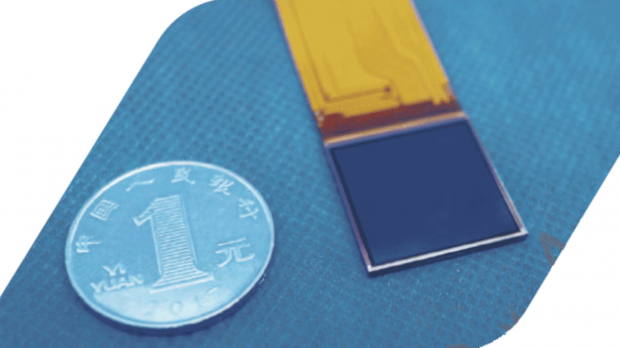Seeya Technology is now offering a lineup of OLED microdisplays for use in VR and AR devices. Seeya's new displays are as small as half an inch, with resolutions higher than QHD.
Seeya Technology is a relatively new company. It was established in 2016 to develop OLED microdisplays for future technology devices. Seeya invested $300 million in its fabrication plant in 2017, and it's now up and running with a production capacity of up to 20 million displays per year.
Seeya Technology's current OLED microdisplay offerings include a 0.49" color panel with Full-HD resolution; a 0.62" OLED with 1728x1369 pixels; and a 0.83" 2560x1440 (QHD) OLED panel. At the top of Seeya's product stack sit a pair of 2560x2560 panels available in 1.03" or 1.4" options.
Seeya Technology has not revealed any partners yet, but we've seen speculation that GodView's new 5K smart glasses employ Seeya's tech.
Pricing for Seeya's OLED microdisplays is not public, but companies interested in integrated Seeya's tech can contact sales@seeya-tech.com for more information.



